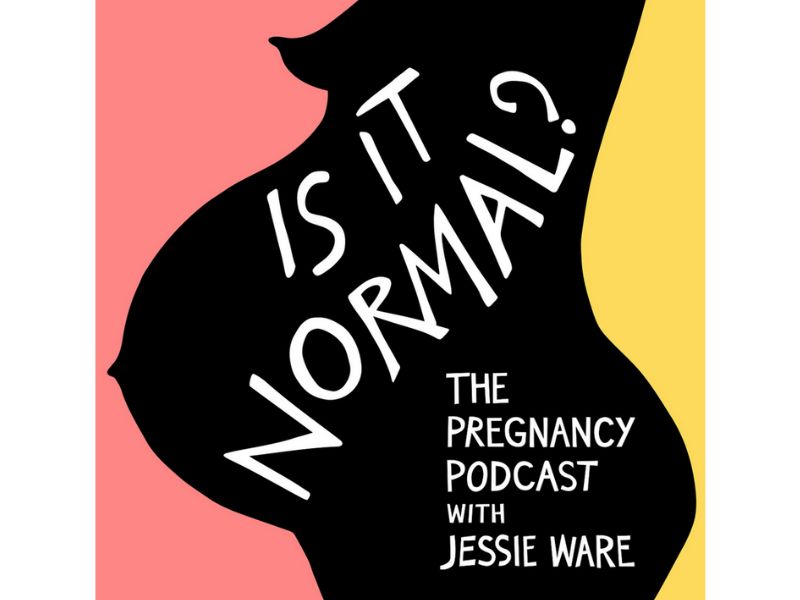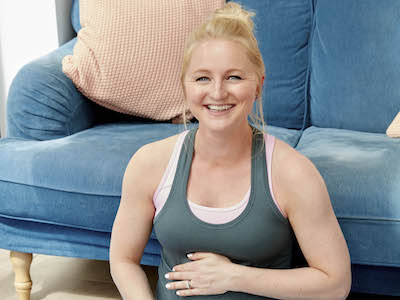Companies are making huge investments to design the workplace of the future. From open plan offices to co-working spaces, remote work arrangements and artificial intelligence, each workplace will be crafted to be the most flexible, tech-savvy, productive and profitable.
 Today, in comparison to previous years, there is also a keen interest in a workplace that encourages diversity and fosters the wellbeing of their employees. Wellbeing = increased productivity = increased profit. It’s a simple equation.
Today, in comparison to previous years, there is also a keen interest in a workplace that encourages diversity and fosters the wellbeing of their employees. Wellbeing = increased productivity = increased profit. It’s a simple equation.
However, even though change is upon us, one aspect of modern working life is continually overlooked. Despite many forward-thinking companies employing a range of new human-centred practices aimed at delivering on this equation, they fail to appropriately recognise the unmet needs of new mothers. In the US, working mother’s return to work more quickly than our European counterparts, however there is a trend even in the UK for working mothers to return sooner than the usual year off, which means they may still be breastfeeding.
Most workplaces haven’t gone through a significant redesign in decades, an era when far fewer working mums were employed full-time. For the few that have, even they often miss the huge opportunity to positively improve the wellbeing of some of their most efficient and productive employees.
Breastfeeding is a personal decision. Some view it as natural and beautiful, and while I enjoy those moments of beauty, there are isolated moments that are exactly the opposite. Feeding another human with your body can feel surprisingly bizarre, and pumping exacerbates those feelings for me. As a mother of two, I’m not a first-time mum learning how to (literally!) balance my laptop as I pump. I am also not an expert. However, experience has made me comfortable enough (although by no means comfortable), to notice the realities of the pumping mother. I feel lucky to work for a company that values work/life balance, and also offers a private space to pump.
However, I often wonder, as experiences get more personalised, more efficient and more delightful in our everyday, why do women accept so little from our experience using a “mother’s room?” How might we positively impact a nursing mother’s workday?
In the UK, I note there is no law to have a mother’s room. The US (where I work) law requires employers to provide a place that is not a bathroom. It must be completely private so that no one can see inside the space.
From a regulation standpoint, this is a low bar. Employers are not required to create a permanent space for breastfeeding employees, and some offer an empty office or storage area. While I recognise many workplaces do not have unused space, that does not mean a multi-purpose area cannot be better outfitted.
As a design company, we want to make breast pumping one less issue for women to worry about, helping them to go about their working day with more confidence.
Leveraging our human-centered design approach, we spoke to nursing mothers inside and outside of Smart. Cost and space aside (because it may not be feasible to place a sink in every room), there are easy changes that bring marked improvements to the experience:
1) Think about the name
Language means a lot, whether intentional or otherwise. If it’s a dedicated pumping space, a “mother’s room” makes sense. When it is a multi-purpose space, titling it a “pump” or “mother’s” room can be uncomfortable. Awkwardness ensues when a non-nursing employee tries to book the “pump” room.
2) Ensure a first-class locking mechanism
The room should lock – full stop. Having been walked in on and accidentally interrupted others, installing a lock in our mother’s room after my first child was a welcome change. And yet, now that I’ve been pumping for several months my second time around, I wonder – couldn’t we do better? Some doorways have a locking mechanism that show status outside the door and give some tactile indication that it’s locked from the inside (e.g. on an airline the lights are brighter or different colour when appropriately locked). Whether it is showing occupied vs. vacant on both sides, dimming the lights when unlocked, or another yet-to-be-designed method, why isn’t there an easy prompt to reassure the user it’s locked?
3) Consider appropriate furniture
It’s recommended to place your pump on a flat surface. But every woman we spoke to is multi-tasking. Whether bringing a laptop, printed physical notes or using their smart phone, having a second surface (and one that is higher and ergonomically appropriate for the height of the chair) would make it easier on our back and more efficient to get work done. A recliner, couch or rocking chair made to look like a nursery makes for a nicely decorated room, but we are not nursing an infant. We are sitting up straight, attached to a small black box and hoping to check some items off our to-do list.
4) Layout can increase a person’s comfort
The function of the room must be considered, and recognise that it may not follow conventional furniture placement. From our research, most rooms are designed with the furniture against a wall facing the door, as if a meeting room. From personal experience of being walked in on, I’ve since learned to turn the chair around so that my back faces the entrance. There’s value in having the chair face away from an entry point to feel less exposed in an already vulnerable situation.
5) Buy a small refrigerator
This is a nominal cost and makes a huge difference. It’s not just keeping our breast milk separate and protected. Or keeping other employees comfortable that our breast milk is not in the fridge with their lunch or milk for the tea or coffee (!) When I returned to work with my first child, I worried about the time lost to not only pump, but clean my supplies in between each session. Having a dedicated fridge often eliminates that need. As long as your supplies remain refrigerated and sterile, you can use them again later in the day.
We must challenge our long-held assumptions about what the working mums want and need. The women we spoke to are not using this time as a ‘break’. Quite the contrary. Pumping is an interruption in our day. These small investments that companies can make are seemingly simple, but they can and should inform how to best support a nursing mother in the workplace. While breast feeding is personal, we can help make every woman’s personal choice a little easier. A little better. And isn’t that what design is all about?
 About the author
About the author








